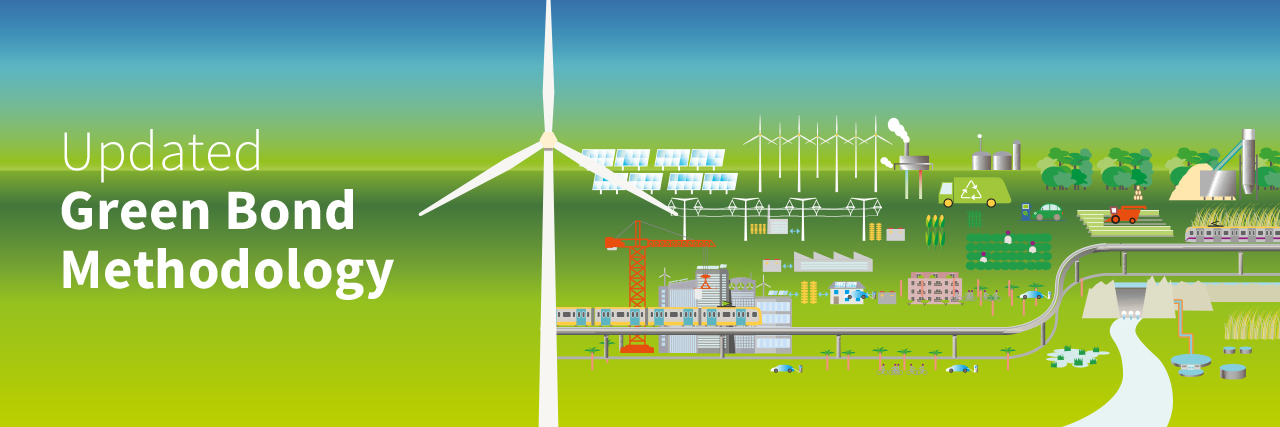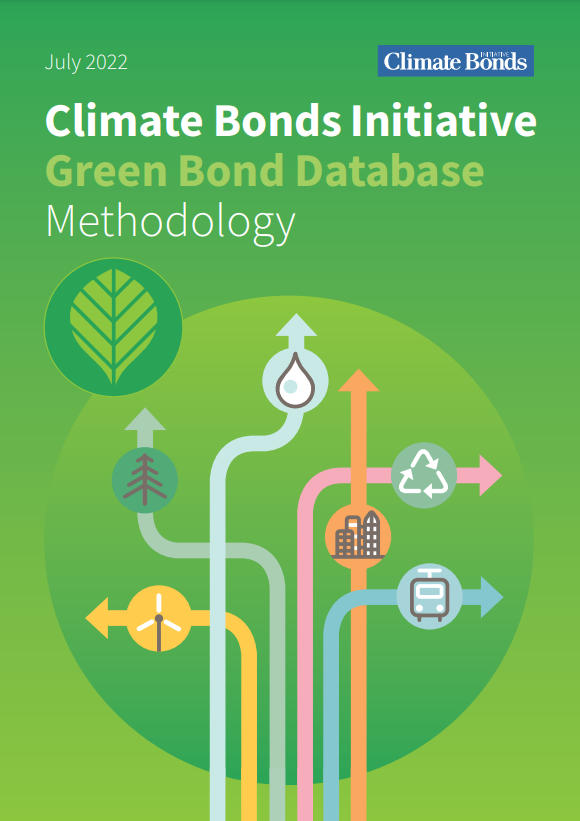
Ambitions raised for existing criteria - Additional updates planned later this year
Climate Bonds has released the latest update of its Green Bond Methodology, raising ambitions and reflecting the evolving nature of the market. The Methodology is used to screen self-labelled green bond issuances from across the globe for inclusion in our Green Bond Database. The Methodology informs best practice issuance across green markets and is guided by international targets on climate change as expressed in the Paris Agreement.
With the need to accelerate credible climate finance efforts, we are tightening criteria for more established sectors whilst ensuring our Methodology is consistent with the EU Taxonomy. In addition, our screening process for green bonds will now require more disclosure, both in the form of activity description and in the form of performance metrics.
The Methodology updates reflect an evolving understanding of the activities needed to combat climate change and the expansion of eligible activities into more complex areas. These necessitate a higher level of disclosure so that Climate Bonds and investors can clearly understand the potential impact of those activities.
Key Methodology Updates
Energy:
The new methodology now includes criteria for hydrogen. In addition, criteria for bioenergy and hydropower have been expanded. More details are also provided on the criteria for electricity infrastructure.
It is worth noting that, despite the attention received in recent months, energy from the use of gas (without CCS) is not eligible. This is in line with Climate Bonds’ recent report ‘Accelerating the Fossil Fuel Transition to Net Zero’.
Buildings:
Criteria within the buildings sector have been tightened to reflect the increased ambition needed to decarbonise the sector by 2050. Certification requirements have also been increased. For example, we now require LEED Gold or higher certification, whereas previously LEED Silver was considered adequate.
We have increased the list of recognised certifications and aim to update this list periodically.
For retrofits, we are now requiring that building upgrades aim for a 30% energy efficiency improvement or to achieve our minimum certification requirements post-upgrade.
Going forward, we explicitly exclude investment in airport terminal buildings. This is because we view investment in such buildings to be airport infrastructure. The aviation industry currently has no viable plans to decarbonise in the near to medium-term future. Therefore, we perceive such infrastructure investments to be inconsistent with international targets on climate action.
Transport:
The new methodology affects a tightening of our transport criteria, ensuring consistency with the EU Taxonomy. For example, passenger vehicles must have zero tailpipe emissions after 2025. In addition, public transport is only eligible if tailpipe emissions are zero.
Notably, we have now expanded the transport sector to include more detailed criteria for shipping.
Other Sectors:
We have expanded and provided more detail within the sectors for Waste, Land, Marine Use, and ICT. We no longer include sustainable fisheries and fish farming as we have concerns as to the sustainable nature of such activities in their current form.
As alluded to above, expect further updates, specifically relating to industry, in the coming months.
Updates to our Broader Approach
Within our methodology, we have broadened guidance on investment in R&D. We recognise R&D is a key component to combatting climate change and are therefore keen to encourage such investment.
We have also broadened our approach to lending to pure play[i] entities within the banking sector. Entities deriving 90% of their revenues from climate-aligned activities can be considered ‘pure-play’.
We have also expanded upon our thoughts relating to disclosure by issuers. Strong disclosure standards are necessary to facilitate transparency and credibility when determining whether investments are truly “green”. This is important to Climate Bonds’ work and for investors when considering the credentials of thematic debt.
More to come…
Further work is being undertaken on existing eligible sectors and we anticipate that criteria relating to these sectors will be updated again later this year. In addition, within this update, we have expanded the scope of our criteria with more activities being included.
Moreover, we expect to release more updates throughout the year to expand eligible sectors further. This is in line with the work currently being undertaken within Climate Bonds on harder-to-abate or ‘transition’ sectors such as Cement, Steel and Chemicals.
The Last Word:
The Green Bond Methodology is a crucial instrument in our mission to champion best practice green financing. Updates such as these are imperative for the methodology’s aims of remaining ambitious and current.
As the labelled bond universe evolves, we need more than just a Green Bonds Methodology. Over the coming weeks, we will be announcing details on social and sustainability methodologies and data capture, reflecting the diverse labelled market that has emerged.
Stay tuned for this major development!
‘Til next time
Climate Bonds
[i] A pure-play entity is an entity with mostly green activities

